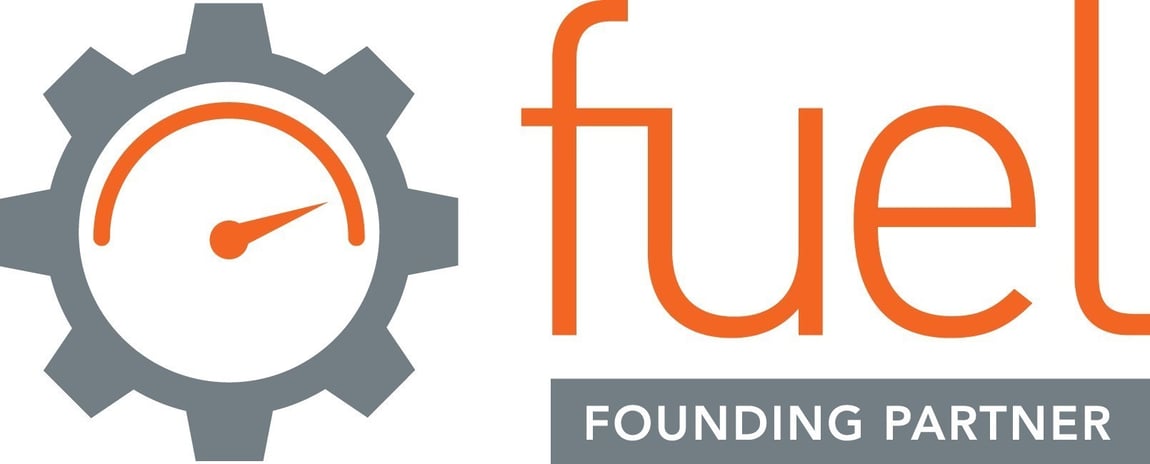
March 27, 2015

 Buffalo, NY (PRNewswire) March 27, 2015 -- Garland Technology became a founding partner for the Palo Alto Networks user group, Fuel. The group consists of a community of Palo Alto Networks users, employee and enthusiasts. According to the website,fuelusergroup.org, they are a "user-led non-profit organization for user companies of Palo Alto Networks technologies. The Fuel community is made up of users who are interested in advancing their knowledge on securing information and critical infrastructure as well as Palo Alto Networks technologies."
Buffalo, NY (PRNewswire) March 27, 2015 -- Garland Technology became a founding partner for the Palo Alto Networks user group, Fuel. The group consists of a community of Palo Alto Networks users, employee and enthusiasts. According to the website,fuelusergroup.org, they are a "user-led non-profit organization for user companies of Palo Alto Networks technologies. The Fuel community is made up of users who are interested in advancing their knowledge on securing information and critical infrastructure as well as Palo Alto Networks technologies."
Chris Bihary, CEO and a co-owner at Garland Technology, was a key decision maker in the process. "We've been working with Palo Alto Networks and their users as a technology partner for years," said Chris. "When we were approached with the idea of being a founding partner, we enthusiastically decided to support this user group."
Garland Technology officially became a founding partner in February 2015.
"User groups drive innovation in our space," said Jerry Dillard, CTO and co-owner at Garland. "Getting feedback from users is music to my ears, and really assists us with R&D."
Blake Wofford, President at Fuel, said, "Fuel is excited to welcome Garland Technology as one of its Founding Partners. Garland Technology's contributions to the Fuel community will be invaluable, allowing members to benefit from news and education focused on its products as well as industry-wide trends. This partnership will allow Fuel and Garland Technology to combine efforts to advance network administration while shaping the future of this global community of security professionals." Blake is a 15+-year veteran of the IT industry and believes that Fuel is a great opportunity for users and user companies alike.
Garland Technology is also participating as a sponsor at Ignite 2015, a user conference hosted by Palo Alto Networks. Learn more about the conference here: https://www.paloaltonetworks.com/content/campaigns/ignite/2015/index.html
About Garland Technology:
Garland Technology guarantees precise data monitoring capabilities with a full line of access products: network TAPs that support aggregation, regeneration, bypass and breakout modes; packet brokering products; and cables and pluggables. We want to help you avoid introducing additional software, points of failure and bulk into your network. Garland's hardware solutions let you see every bit, byte, and packet™ in your network.
Not an expert in network TAP technology or network connectivity? That's all right. Garland's design and education-based approach takes you from square one to network design specialist. Garland also works with your vendor of choice in the solution areas of network analyzers, intrusion detection, intrusion prevention systems, bandwidth management, computer forensics, data capture, content filtering, data leakage prevention, and lawful interception. Your Garland Technology network designer works directly with you and your team to meet your network access needs and provide you with the best solution.
Visit garlandtechnology.com for additional information, and let us help your company with its network visibility needs. For more information, visit http://www.garlandtechnology.com.
If the inline security tool goes off-line, the TAP will bypass the tool and automatically keep the link flowing. The Bypass TAP does this by sending heartbeat packets to the inline security tool. As long as the inline security tool is on-line, the heartbeat packets will be returned to the TAP, and the link traffic will continue to flow through the inline security tool.
If the heartbeat packets are not returned to the TAP (indicating that the inline security tool has gone off-line), the TAP will automatically 'bypass' the inline security tool and keep the link traffic flowing. The TAP also removes the heartbeat packets before sending the network traffic back onto the critical link.
While the TAP is in bypass mode, it continues to send heartbeat packets out to the inline security tool so that once the tool is back on-line, it will begin returning the heartbeat packets back to the TAP indicating that the tool is ready to go back to work. The TAP will then direct the network traffic back through the inline security tool along with the heartbeat packets placing the tool back inline.
Some of you may have noticed a flaw in the logic behind this solution! You say, “What if the TAP should fail because it is also in-line? Then the link will also fail!” The TAP would now be considered a point of failure. That is a good catch – but in our blog on Bypass vs. Failsafe, I explained that if a TAP were to fail or lose power, it must provide failsafe protection to the link it is attached to. So our network TAP will go into Failsafe mode keeping the link flowing.
Single point of failure: a risk to an IT network if one part of the system brings down a larger part of the entire system.
Heartbeat packet: a soft detection technology that monitors the health of inline appliances. Read the heartbeat packet blog here.
Critical link: the connection between two or more network devices or appliances that if the connection fails then the network is disrupted.